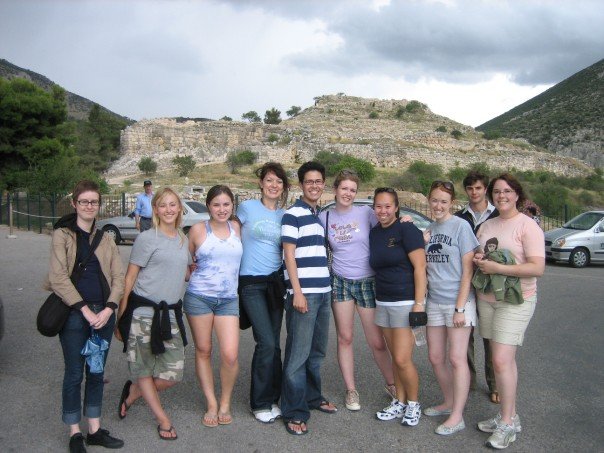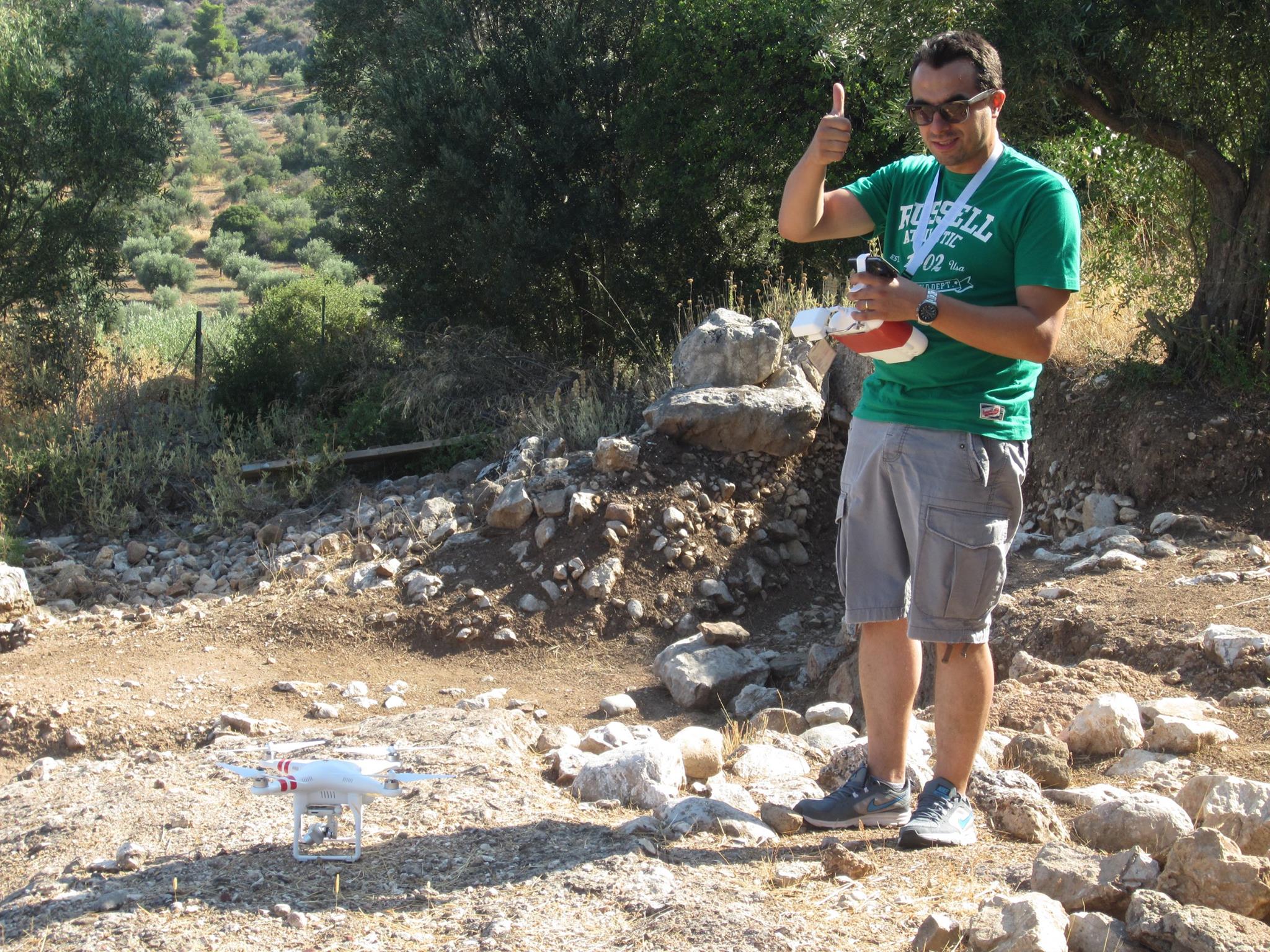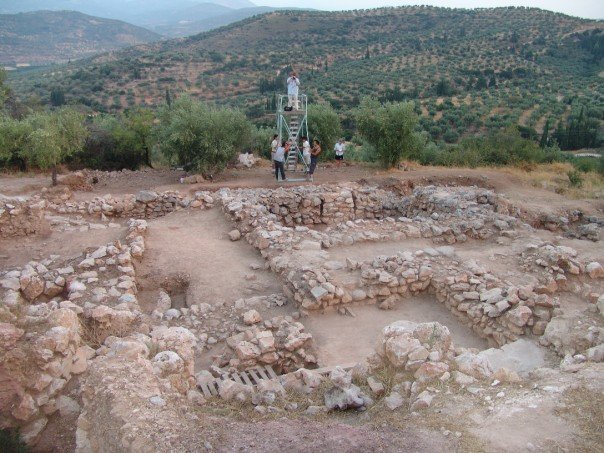Uncovering the socio-economic systems of the Late Bronze Age.
The project at Petsas House consists of eleven seasons of excavation, and through 2019, nine seasons of museum study. The fieldwork revealed not only a multi-story building but also thousands of artifacts in contexts that identified living, working, and storage spaces along with clear evidence for the destruction of the building and a clean-up/rescue effort following the disaster.
The finds are predominantly ceramic: fineware, coarseware, and cookware vessels, more than 10,000, and figurines (human, animal, objects). Significant find assemblages also include substantial figural wall paintings that demonstrate high-status domestic architecture, extensive faunal remains that provide evidence for the diet and provisioning of the residents, and clay tablets inscribed in the Linear B script (earliest written Greek), which illustrate a direct connection between craft production and the palatial administration. The finds recovered from the excavation and their scholarly interpretation provide a unique perspective on the assemblage of materials that together present a holistic narrative of this place in this period, both of wide-ranging importance in the study of the prehistoric Aegean.
Revealing the ascendant palatial culture of the Greek Mainland.
Fun in the field
Petsas House, Mycenae








